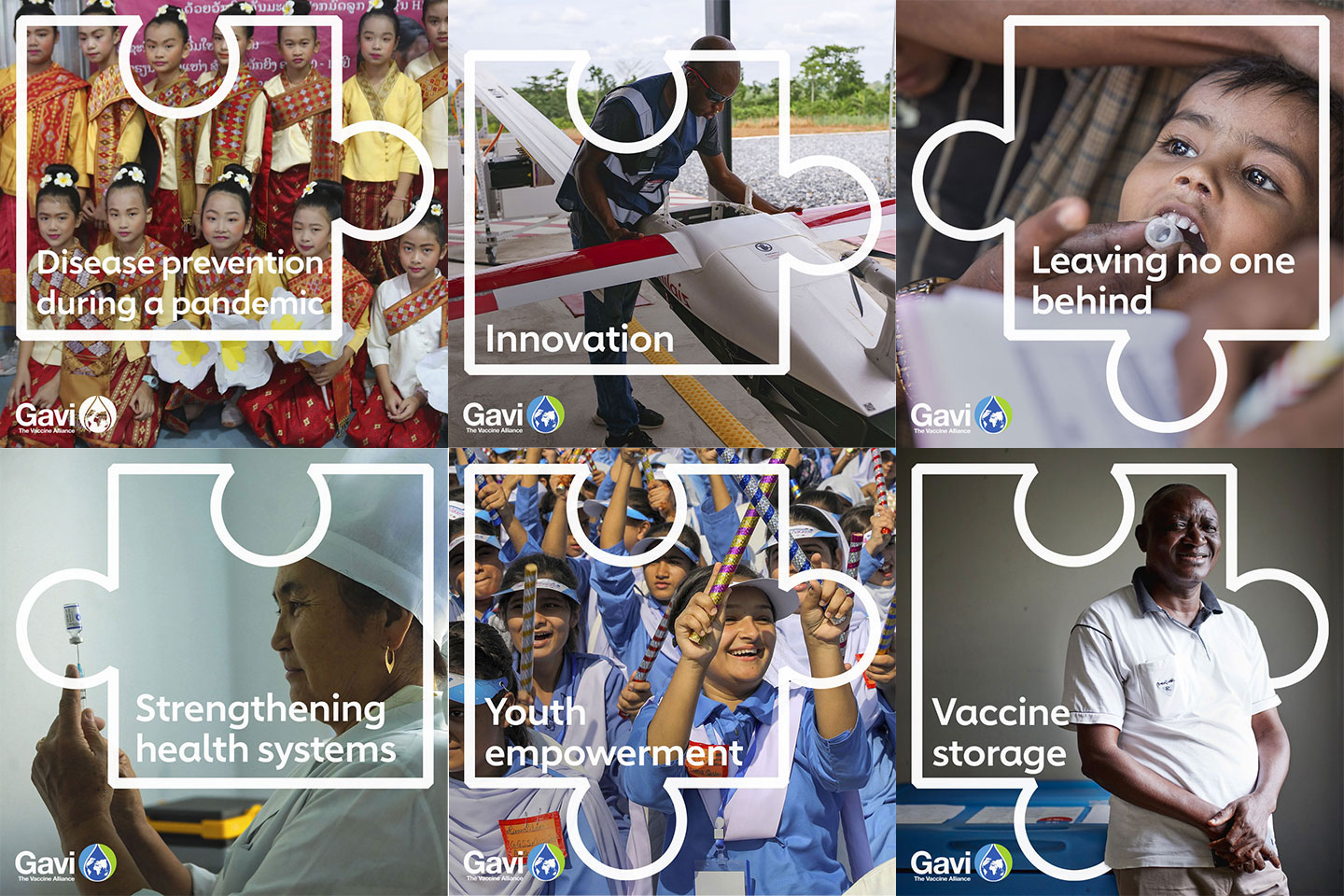
In the stillness that ensues following a routine pediatric examination, a single word, “vaccines,” can abruptly shift the atmosphere. Where vaccines were previously regarded as a straightforward aspect of childhood, they have evolved into a topic that parents examine, debate, and at times, openly resist. This transformation is tangible and increasingly evident in clinic settings daily.
As a medical student training in New York City, I am frequently confronted with a paradox: We inhabit one of the most medically advanced cities globally, yet essential tools for disease prevention remain insufficiently utilized. Few examples highlight this better than the HPV vaccine.
The HPV vaccine stands as one of the most effective measures for cancer prevention ever created. Human papillomavirus (HPV) is a widespread infection that can result in cervical, vaginal, vulvar, anal, penile, and throat cancers. Gardasil, the HPV vaccine, safeguards against the most perilous HPV strains and has been in circulation for nearly two decades. Research has indicated that in nations with robust vaccine initiatives, such as Australia, Sweden, and the U.K., cervical cancer rates in young women have declined by as much as 87 percent. In the U.S., infections from cancer-linked HPV strains fell 88 percent among teenage girls after the vaccine became accessible, with herd immunity providing protection even for those unvaccinated.
This is a public health triumph. Yet, in the United States, this potential is being undermined by hesitance and stigma.
In New York City, one in four adolescents have not finished their HPV vaccination series. On a national scale, Hispanic and Black adolescents often lead in initiating the HPV vaccine, yet significant gaps exist in completion rates; for instance, one healthcare system discovered completion among Black females to be about 28.7 percent, contrasted with around 49.5 percent among Asian patients. These disparities resonate in data from New York State, where Hispanic and Black youths exhibit higher initiation rates but still fall short in completing the series.
This gap manifests in genuine harm. In New York City, research reveals that women residing in the lowest-income neighborhoods, predominantly Black and Hispanic communities, encounter cervical cancer rates approximately 73 percent higher than those in affluent areas. Throughout New York State, Black and Hispanic women are also more likely to contract and succumb to cervical cancer compared to White women. The underutilization of the HPV vaccine transcends being merely a medical concern; it is fundamentally an issue of equity.
During my clinical rotations, I have observed parents expressing hesitance or outright refusal regarding HPV vaccination for their children. Dr. Ilana Stein, a pediatrician in the Bronx, has recognized the same pattern: “Vaccine hesitancy among parents has certainly been rising over the years,” she shared with me. “In my view, this primarily stems from misinformation about vaccines and vaccine safety disseminated on social media platforms and even misinformation propagated by our current government.”
The national political discourse has only intensified the situation. Figures like RFK Jr., who currently heads the Department of Health and Human Services, have spent years promoting debunked assertions regarding Gardasil, labeling it “dangerous” and “defective.” When misinformation emanates from both fringe social media channels and the highest government offices, it leads to confusion and distrust.
One of the enduring myths mentioned during clinic visits is that the HPV vaccine promotes risky sexual behavior. This falsehood has been repeatedly disproven, with studies demonstrating no correlation between vaccination and earlier or riskier sexual activities. However, stigma is deeply rooted. Dr. Stein often reframes the discussion: “I strive to advise parents that the HPV vaccine is a cancer prevention vaccine. It not only averts cervical and vaginal cancers but also anal, penile, and oropharyngeal cancers.” In her experience, this reframing can often assist parents in recognizing the vaccine for what it genuinely is: a defense against cancer, rather than a commentary on their child’s future decisions.
Every unvaccinated child raises the risk of cancers that incur millions in treatment costs at safety-net hospitals. Misinformation is fostering a two-tiered system: some children are safeguarded, while others are left vulnerable. And while NYC falls behind, nations like Australia and Sweden are poised to nearly eradicate cervical cancer through extensive vaccination coverage, demonstrating that this is an issue that can be resolved.
However, there is optimism. Studies indicate that when pediatricians strongly endorse the HPV vaccine, up to 90 percent of parents ultimately consent to vaccinate. Community-driven educational campaigns, school-based health initiatives, and culturally tailored outreach can also bridge gaps in access and trust. In a city like New York, rich in public health expertise, we possess the necessary tools to achieve this.
The tale of Gardasil is straightforward: It is effective. The tragedy lies in the fact that misinformation has exerted greater effort. As we confront the rise in vaccine skepticism, it is the responsibility of clinicians, researchers, and communities to convey the truth clearly. New York City must pave the way in ensuring that this life-saving protection reaches every child, in every community.
*Ayesha Khan